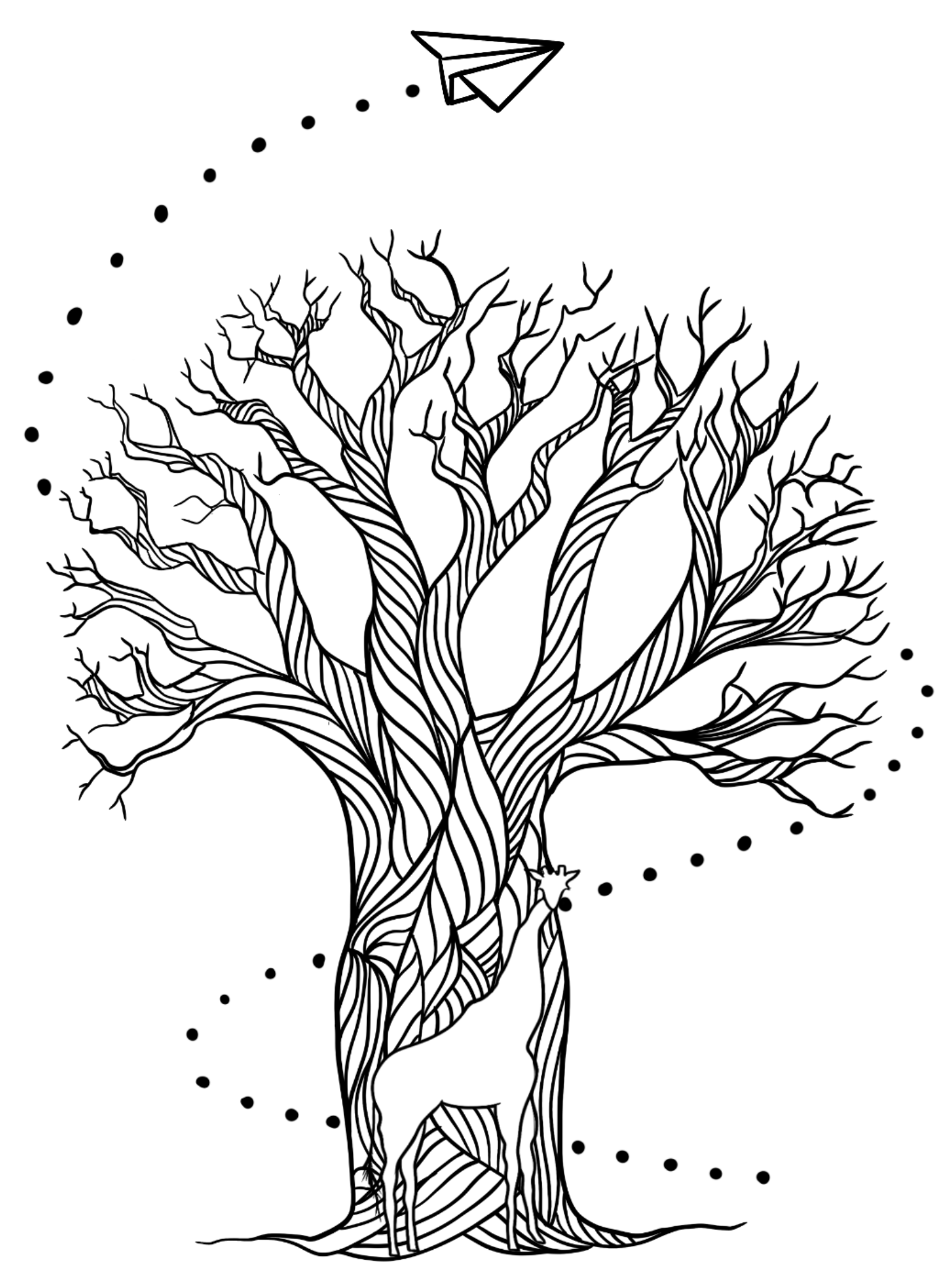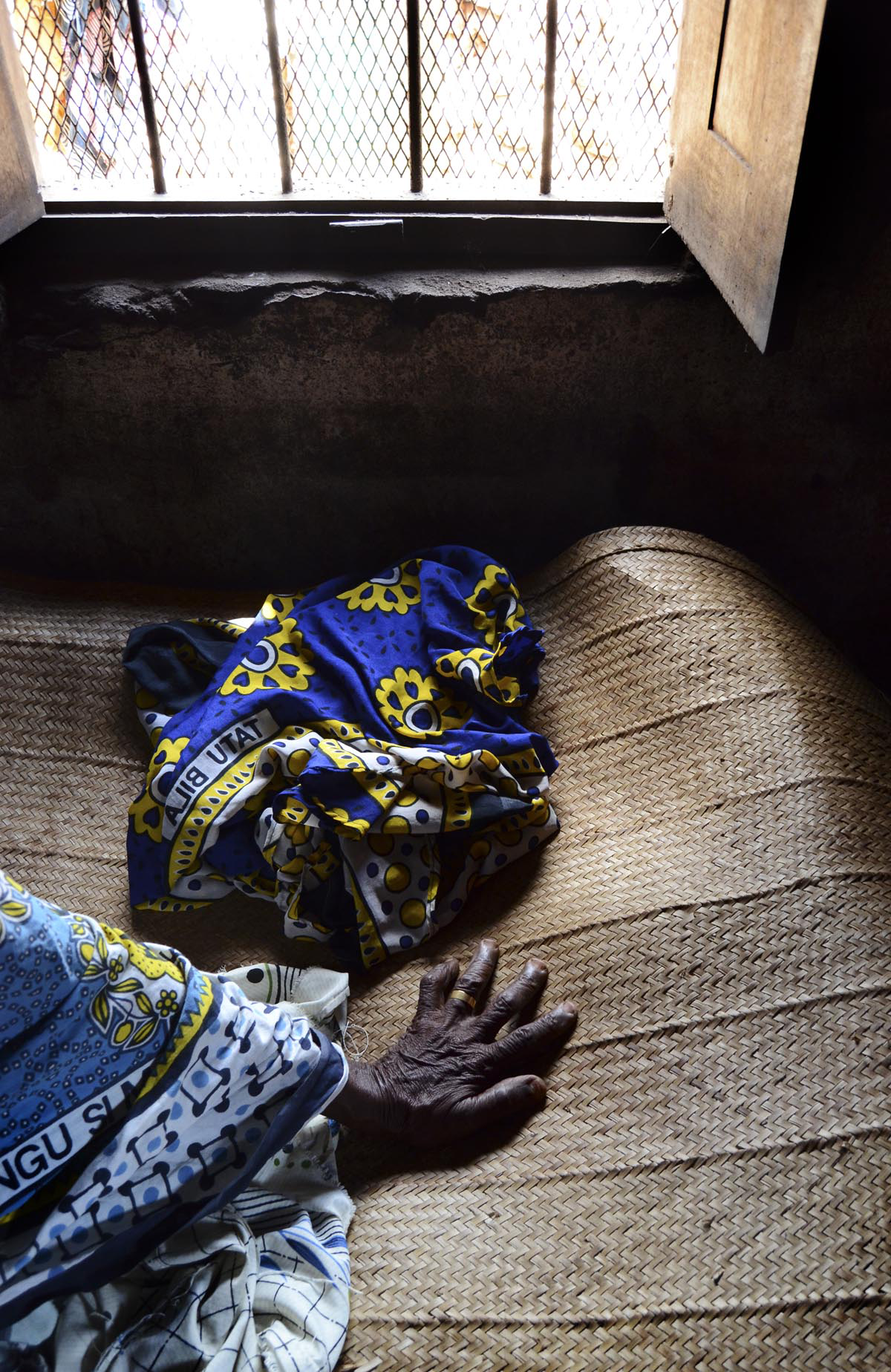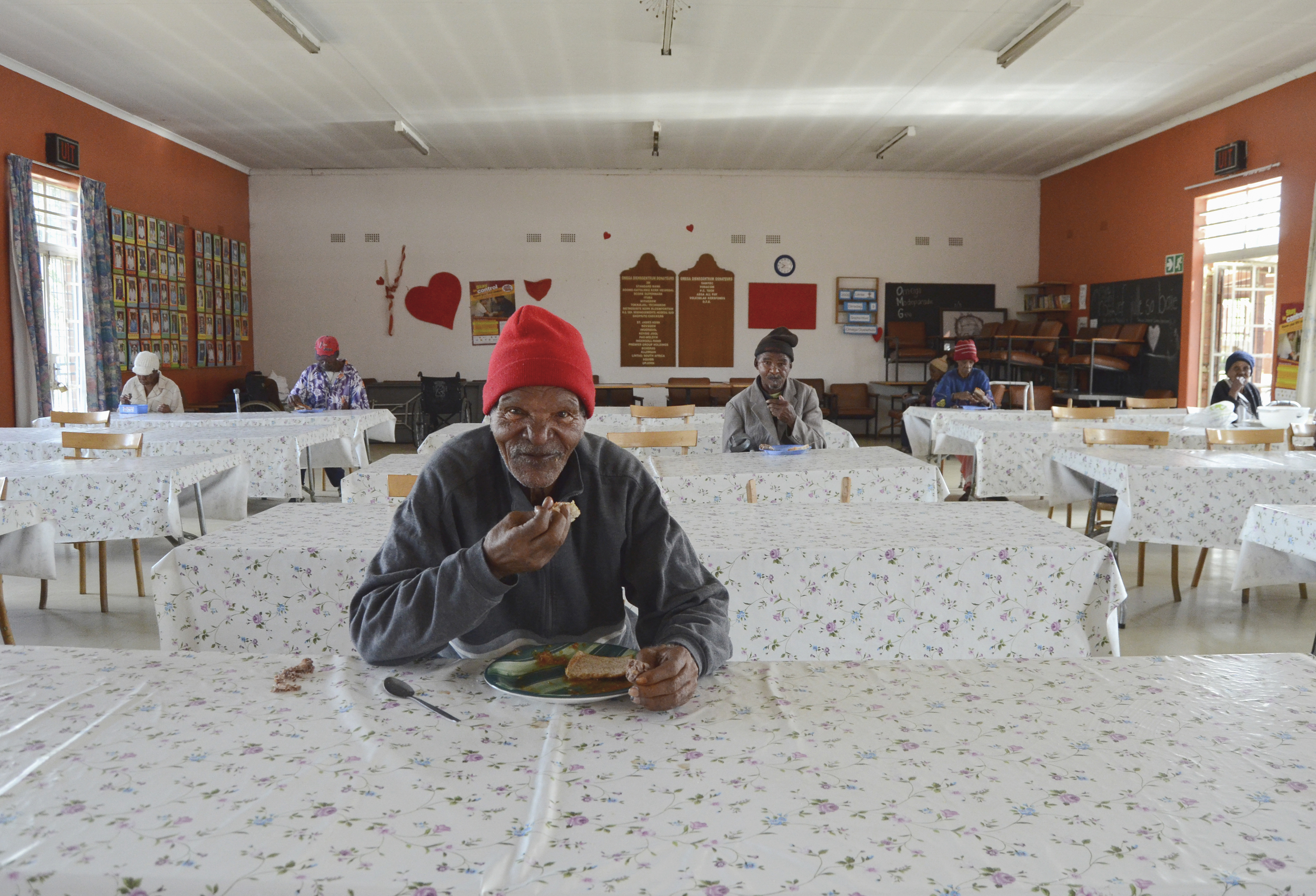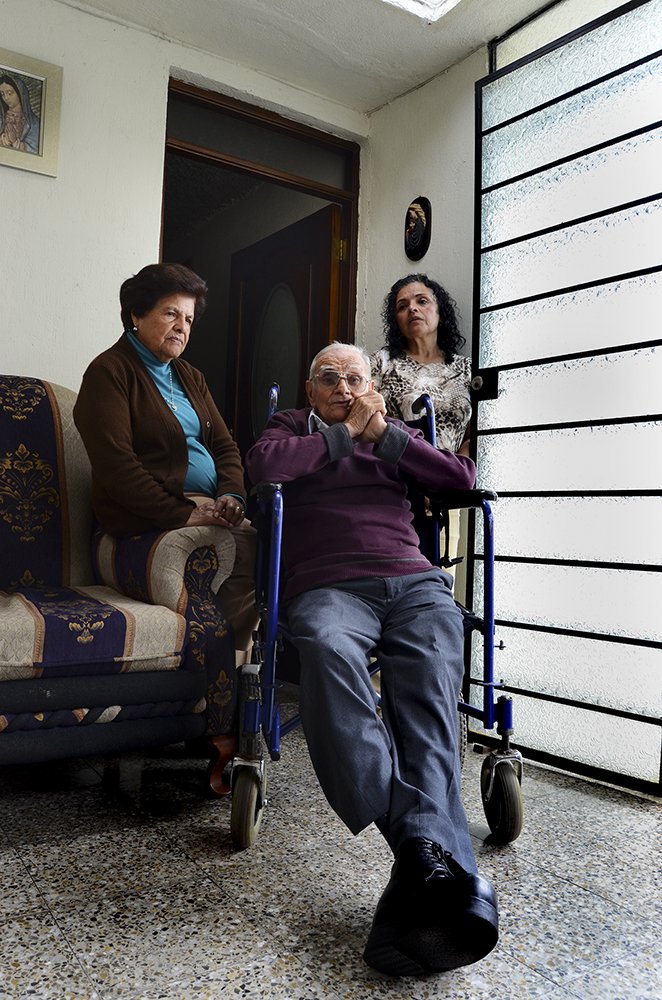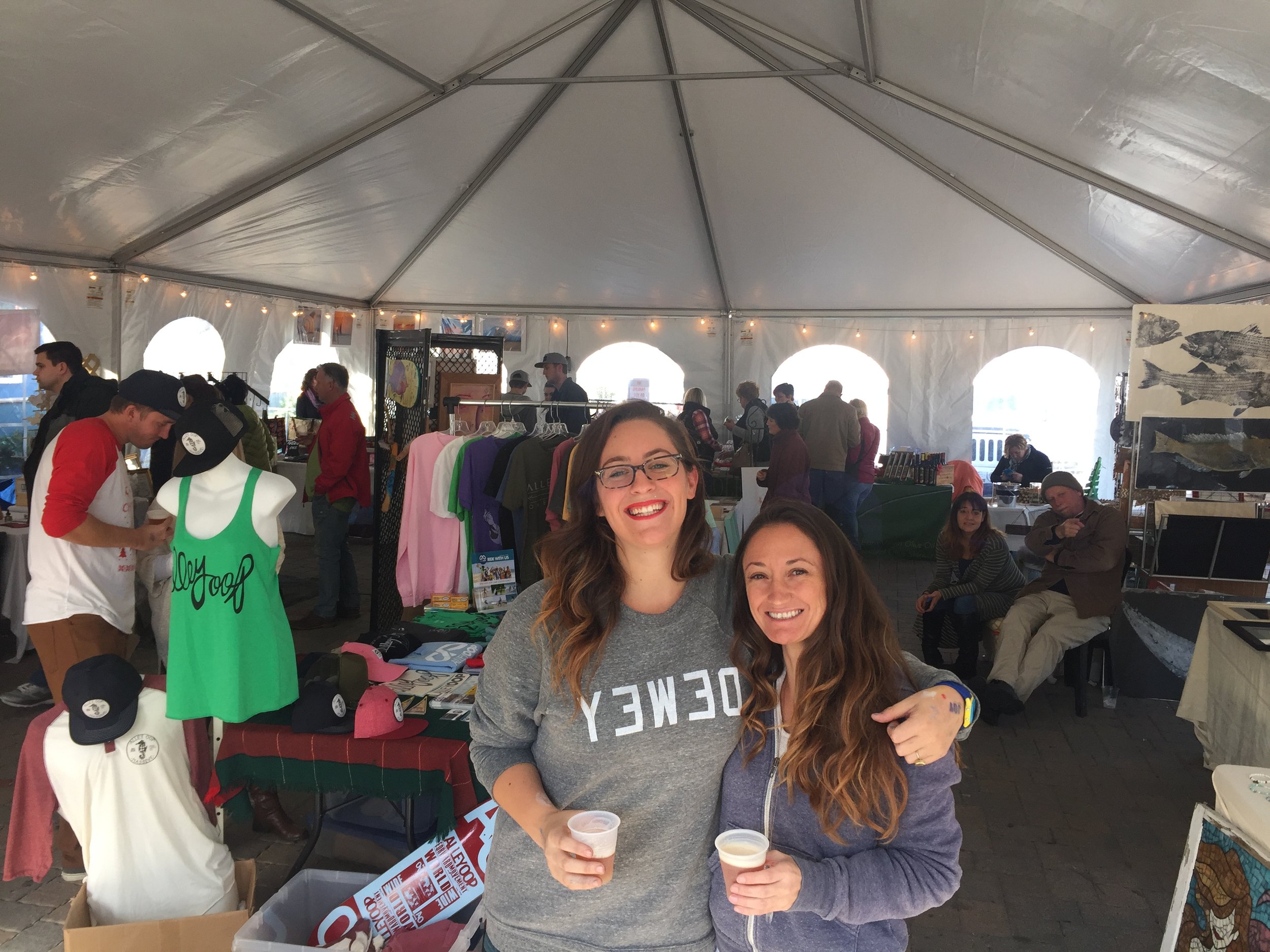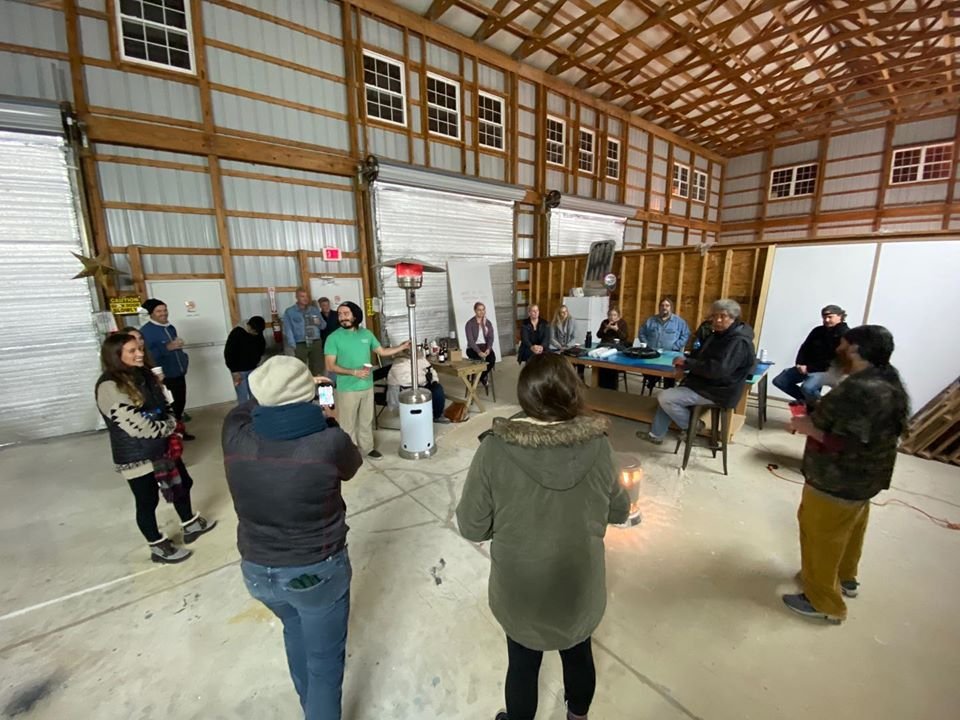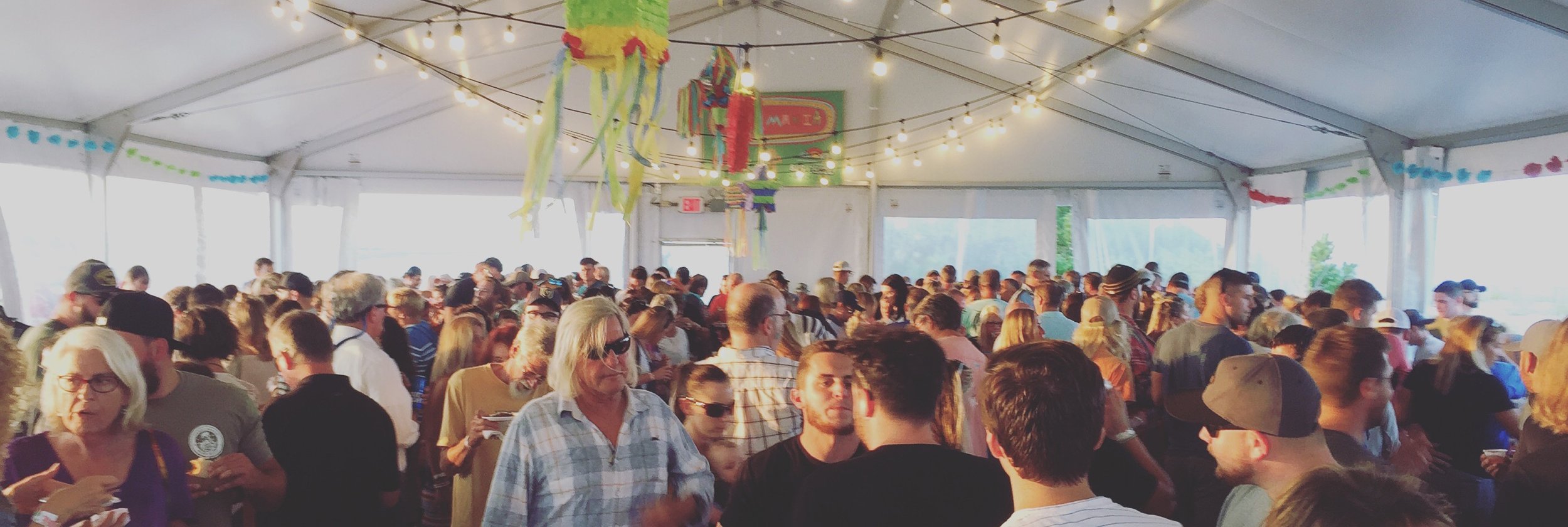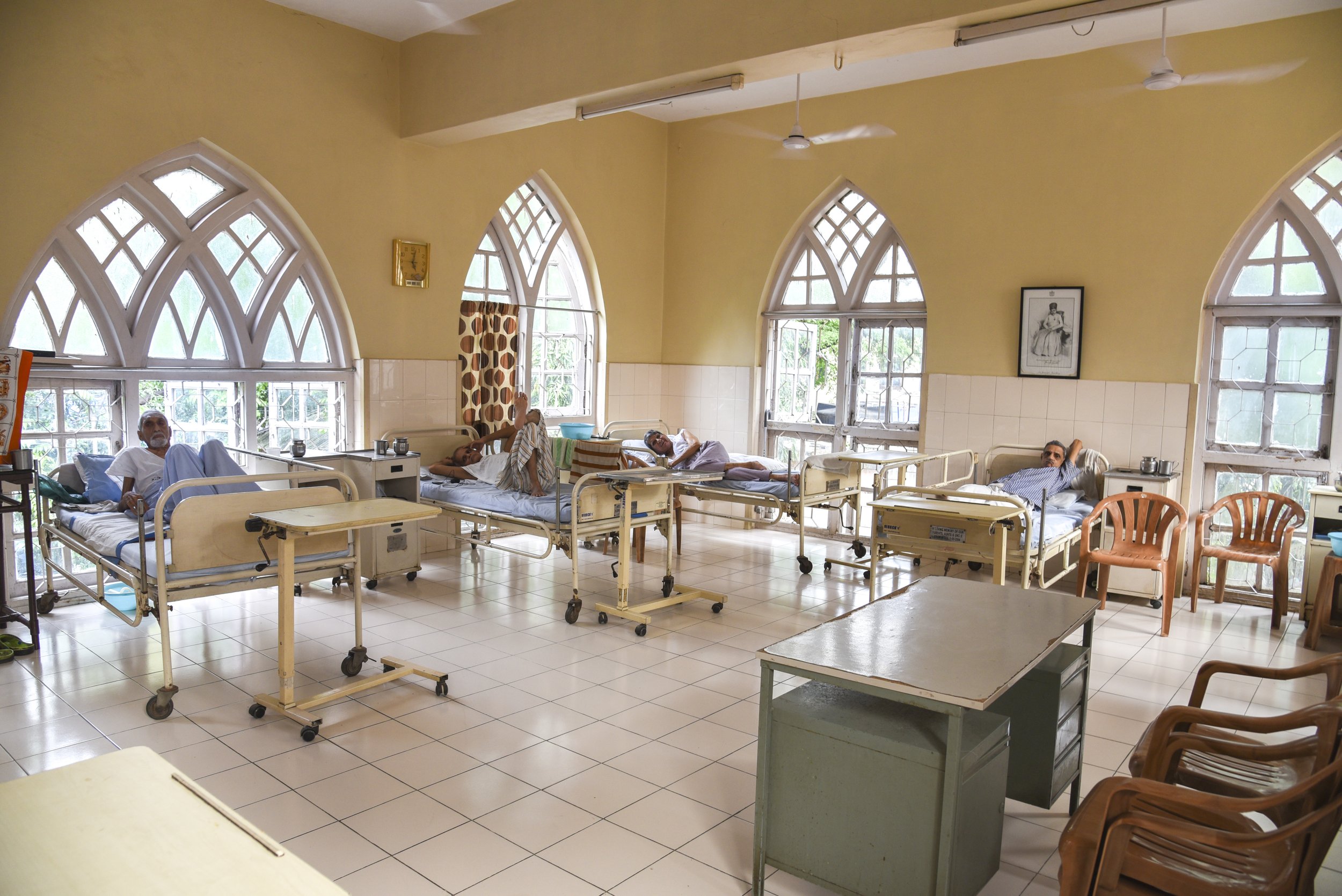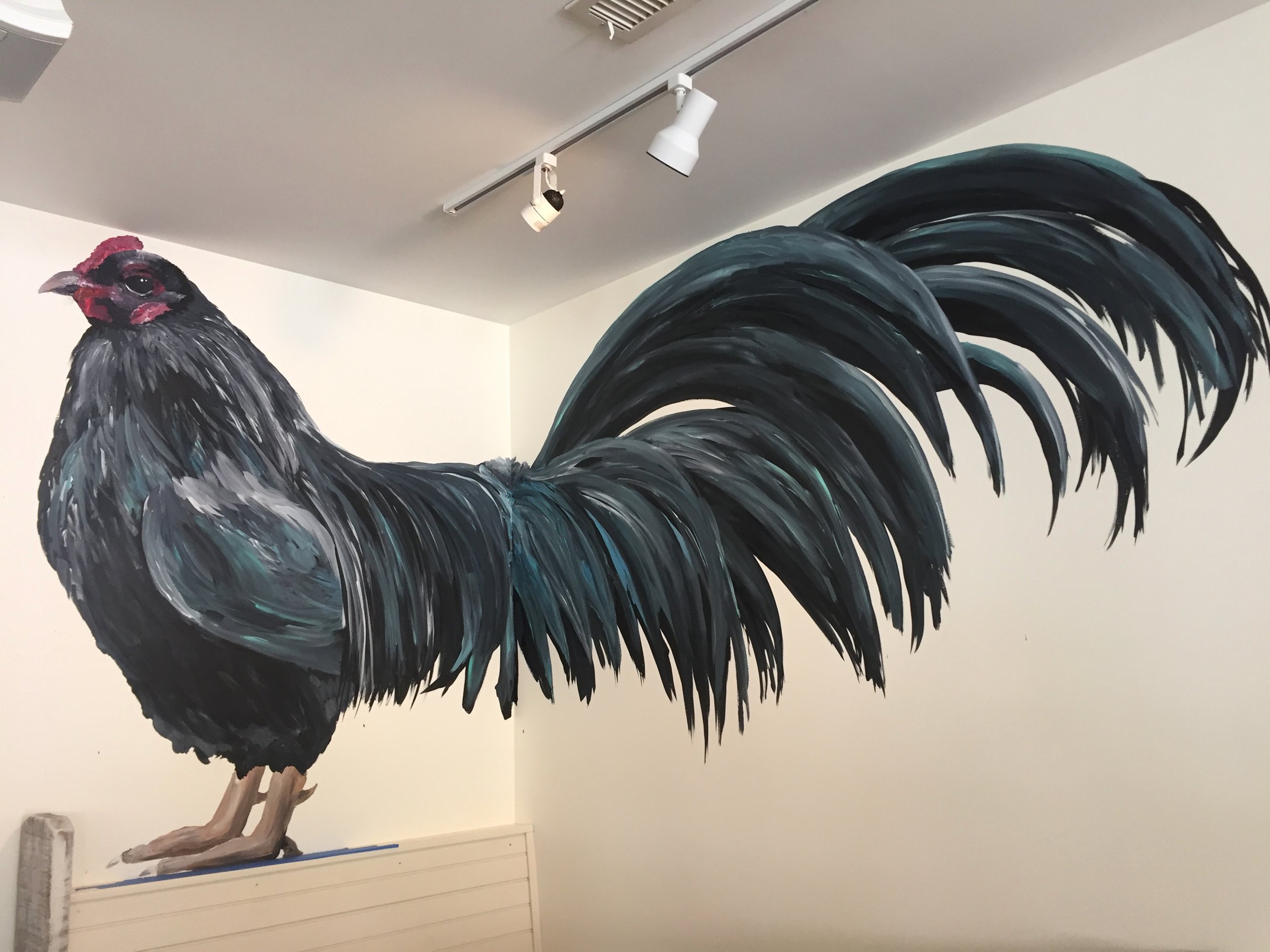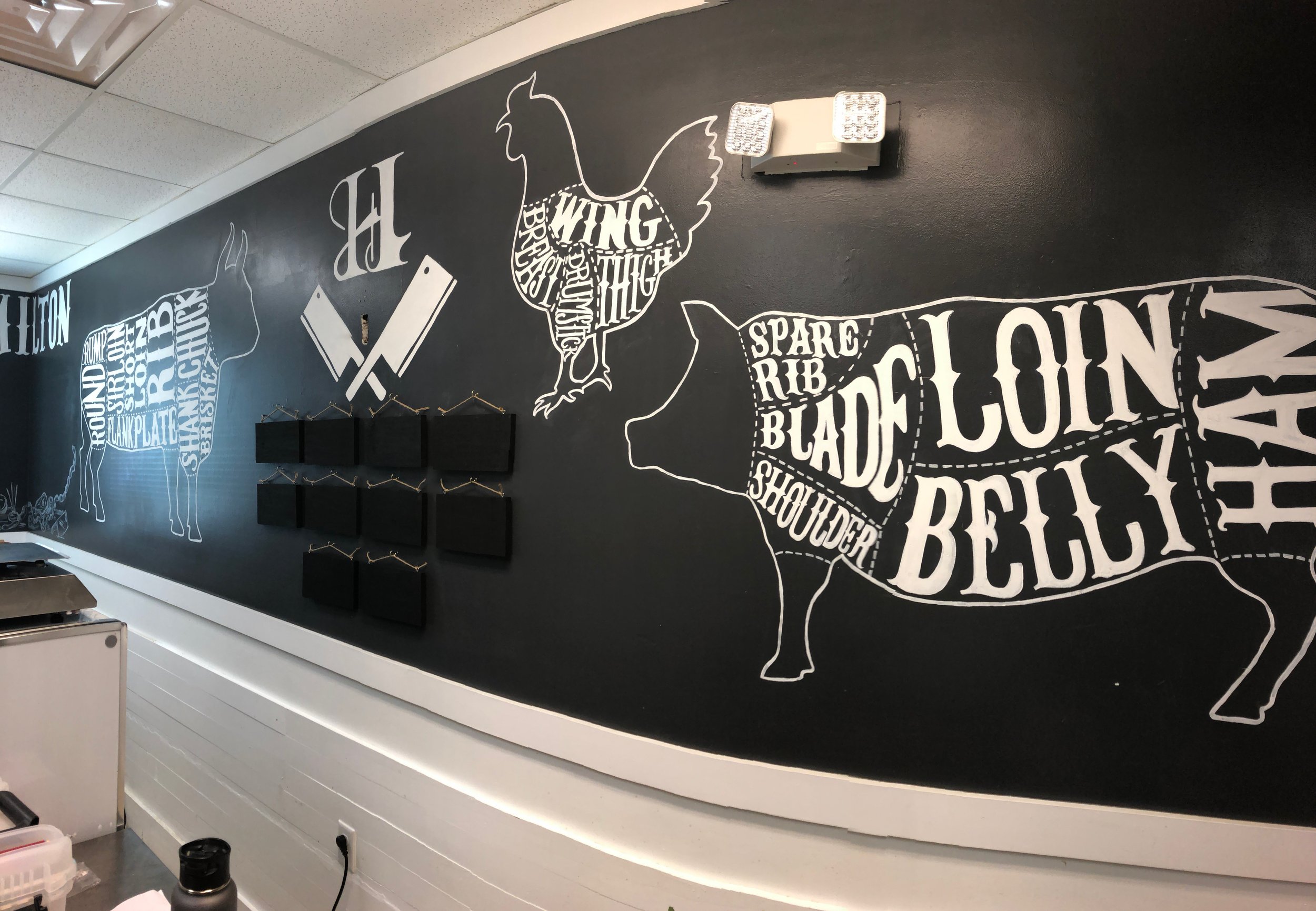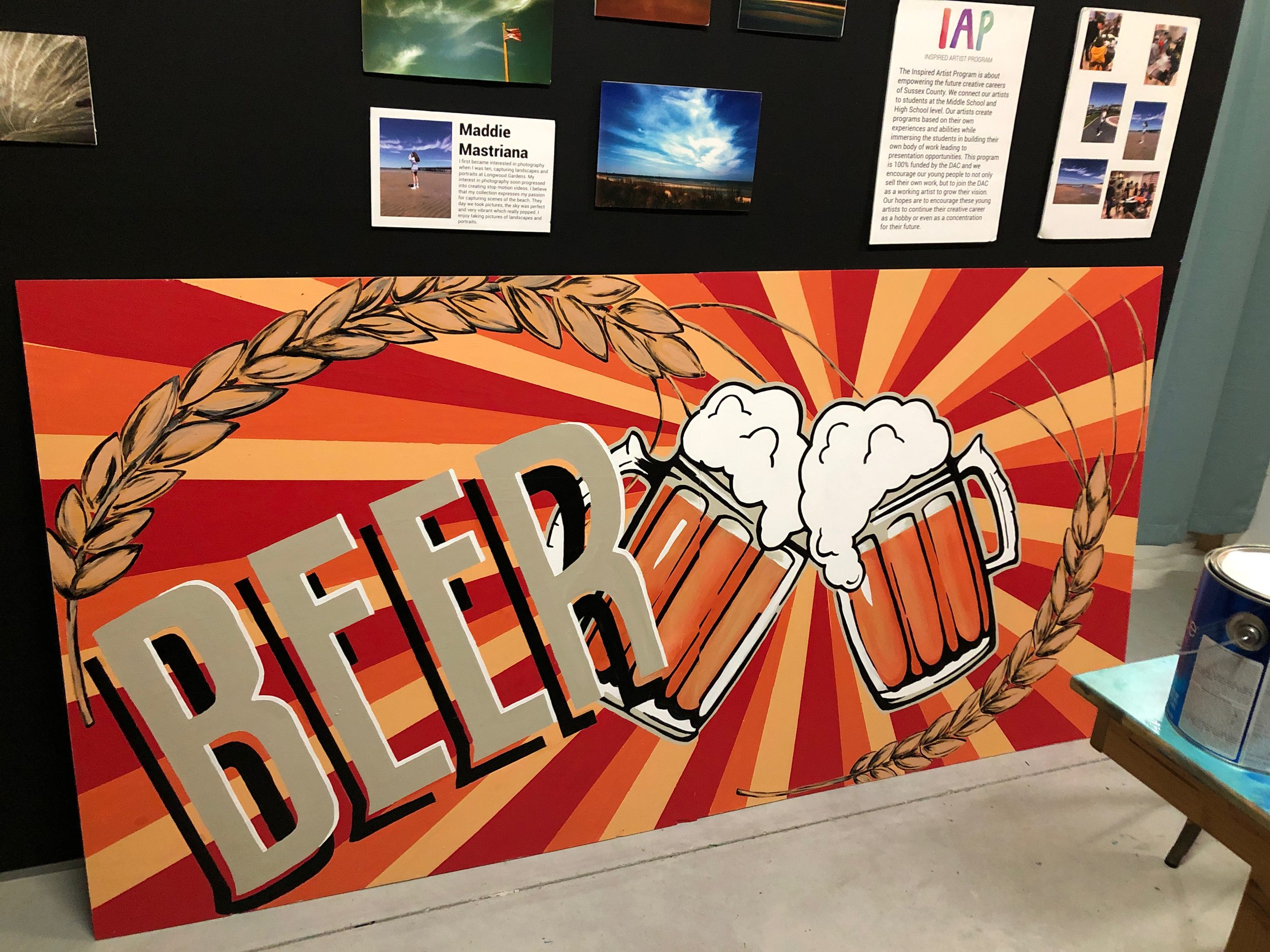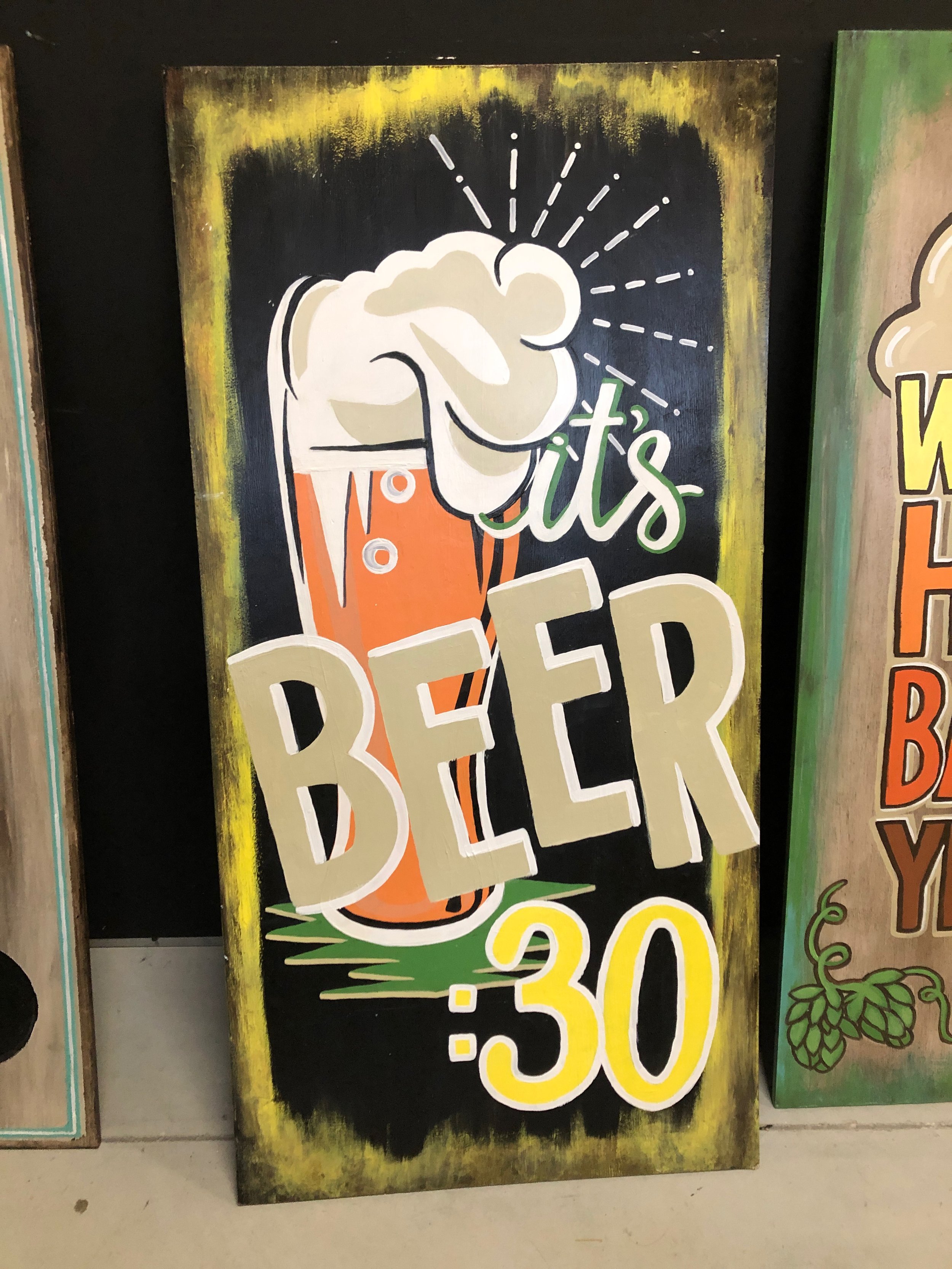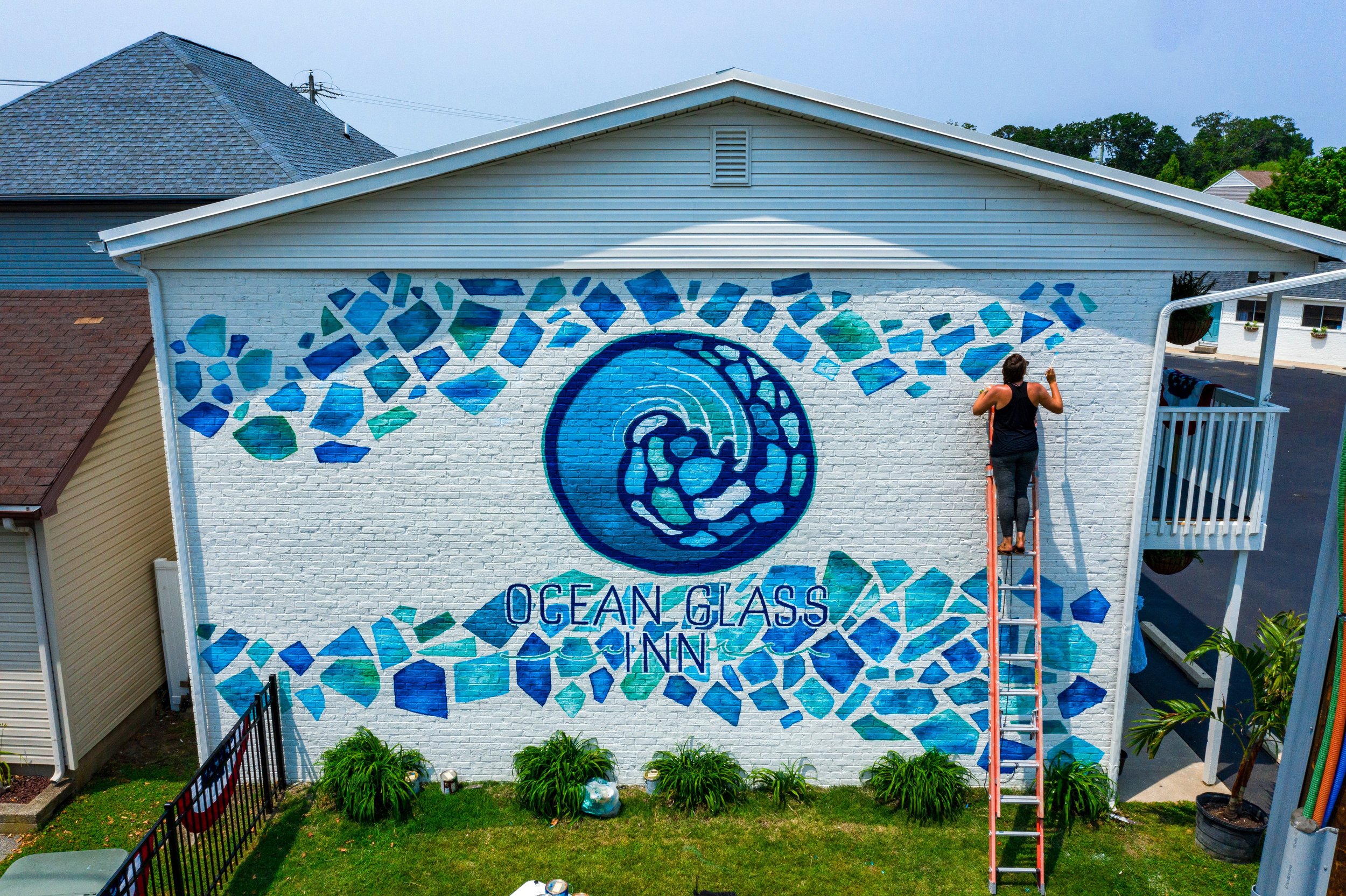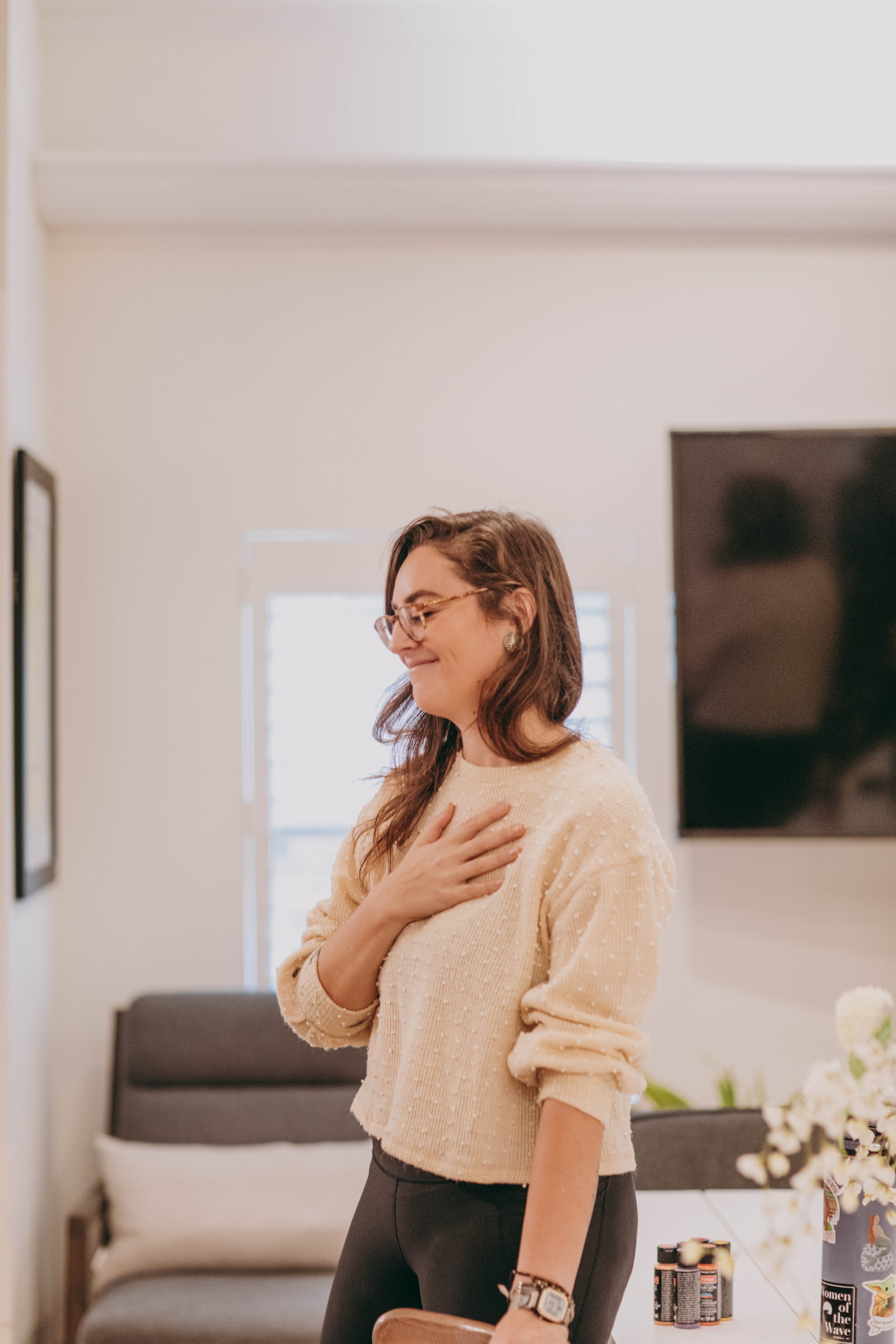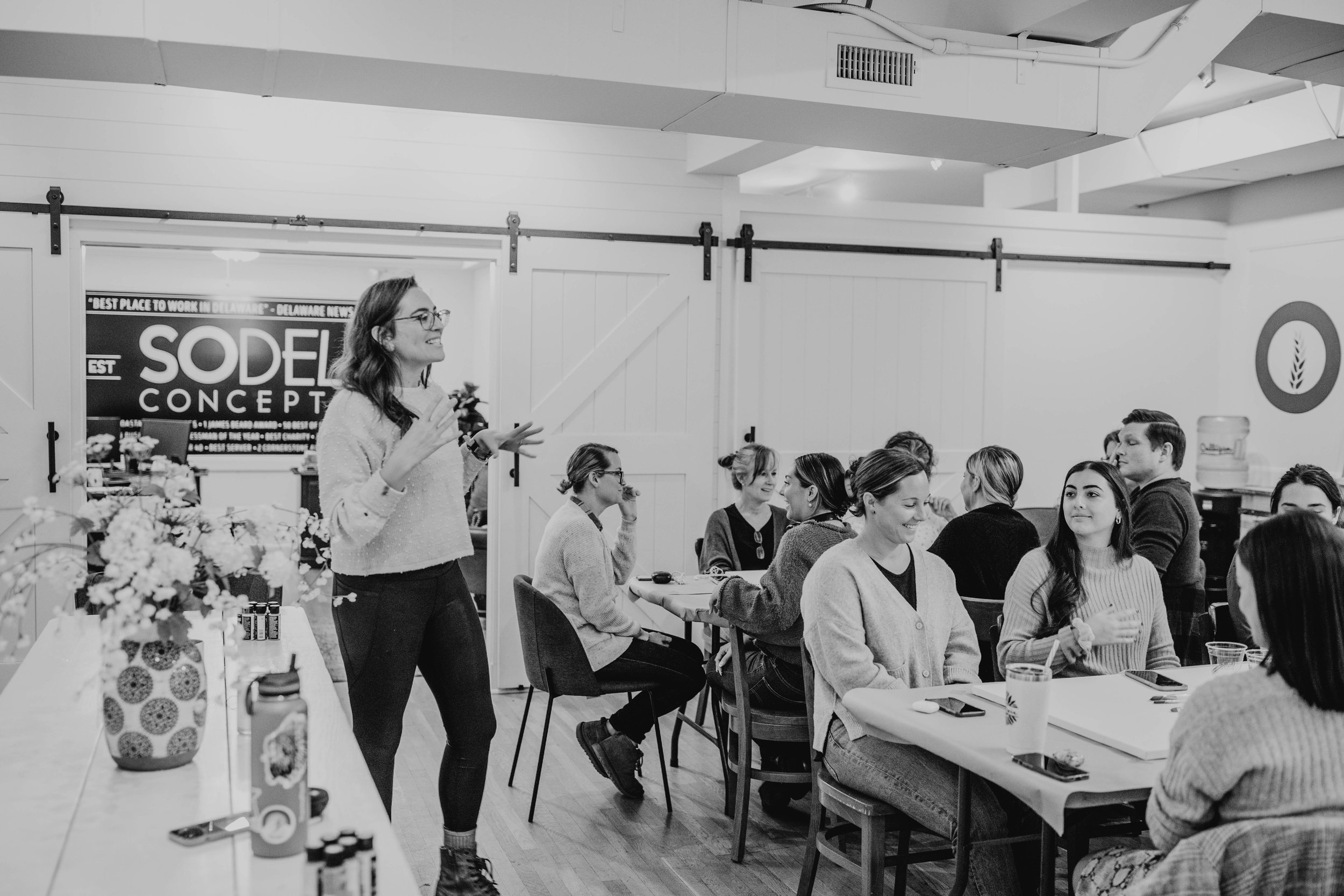
“Being a Founder isn’t about moving mountains. It’s about slowly climbing them. That’s what makes the summit so sweet.”
-Leah on Mt. Kilimanjaro Summit New Years Day 2024 Sunrise
Buckle up, this is a wild ride.
I want to tell you my story.
My journey is about creating things to help people, which began with a passion for taking photos. I fell in love with photography in high school and chased that passion worldwide. This inspired me to want to change the world with my art by changing people’s lives with it.
When I realized what I could do with my art, I decided I would work to inspire other Artists to do the same thing. I proudly founded the Developing Artist Collaboration (DAC) a nonprofit I would spend the next 8 years of my life building, but the funny thing is, it didn’t end up doing what I originally planned. Artists are worthy of thriving off of their art. Society doesn’t agree with me on that. Along with a brilliant team, we created a space to transform the careers and mindsets of Artists, which will soon sweep across the nation.
This hasn’t been easy. I often chose to do this the hard way because I had to grow up alongside my mission. I proudly stand behind DAC and in front of my new mission: to help other movement founders so they don’t have to do it the hard way as I did.
The project that started it all.
Waiting
For my final project in art school, I decided to share the story of how my great-grandmother Treva Yohe was living her life. She was in her 13th year of living with Dementia, and I spent hours in her memory care unit with other patients who were just like her. She had no clue who I was, and it was like watching her behave as a child in a daycare. It was a wild experience.
I realized that she was ultimately waiting to die. She had no concept of the future or past (well, some past) and was living in this environment in the present. There was something beautiful and haunting about it.
This work allowed me the honor to be in the Photo District News Photo Annual in 2011, which allowed me to decide to end my Art School journey and pursue my photography career at the exciting age of 20.
First Time Making Art for a Purpose
Drag
After Art School, I moved to Rehoboth Beach, Delaware, where I spent most of my childhood and worked at restaurants to figure out my next step. While working at the Blue Moon, an iconic gay bar in Rehoboth, I fell in love with the Drag Queens who performed there regularly. This wasn’t that long ago, but most “straight” people I knew thought of these as men who wanted to be women or “transvestites” who did it for sexual reasons.
Doing Drag is an art form. I decided to share the story of the transformation that happens each time these Artists take on their drag personas. This collection was shown as a pop-up at CAMP Rehoboth, open to the public. During the show, a child approached Mona (gold) and asked, “Are you a woman or a man”? Mona replied, “Honey, have you seen a circus?” the kid said, “Well, yeah..”. Mona replies, “I’m the same as a circus clown, just more fabulous.” That stuck with me and showed me that telling the story of someone could impact someone’s perspective.
I searched for more information on how people lived with Dementia. While searching, I realized they were describing people living with Dementia in remote regions of the world with photos of patients from Western countries.
I was inspired to photograph people living with Dementia in developing countries. I went to Alzheimer’s Disease International’s (ADI) website and found a list of countries with Dementia organizations, so I started working out how to get to one.
I found a community development internship through Global Vision International in Kenya. I signed up without hesitation. In September 2014, I sold all my belongings and jumped on a plane with a one-way ticket to live in Shimoni, Kenya.
When I got to Kenya, I jumped into their programming using my creative skills. I discovered that as an artist, I could create photographs and graphics that could help improve the villagers’ lives. From a guide for mothers to help educate them about malnutrition signs in children to a product catalog for a women’s group making palm products. This is what sparked me to eventually found the Developing Artist Collaboration (DAC).

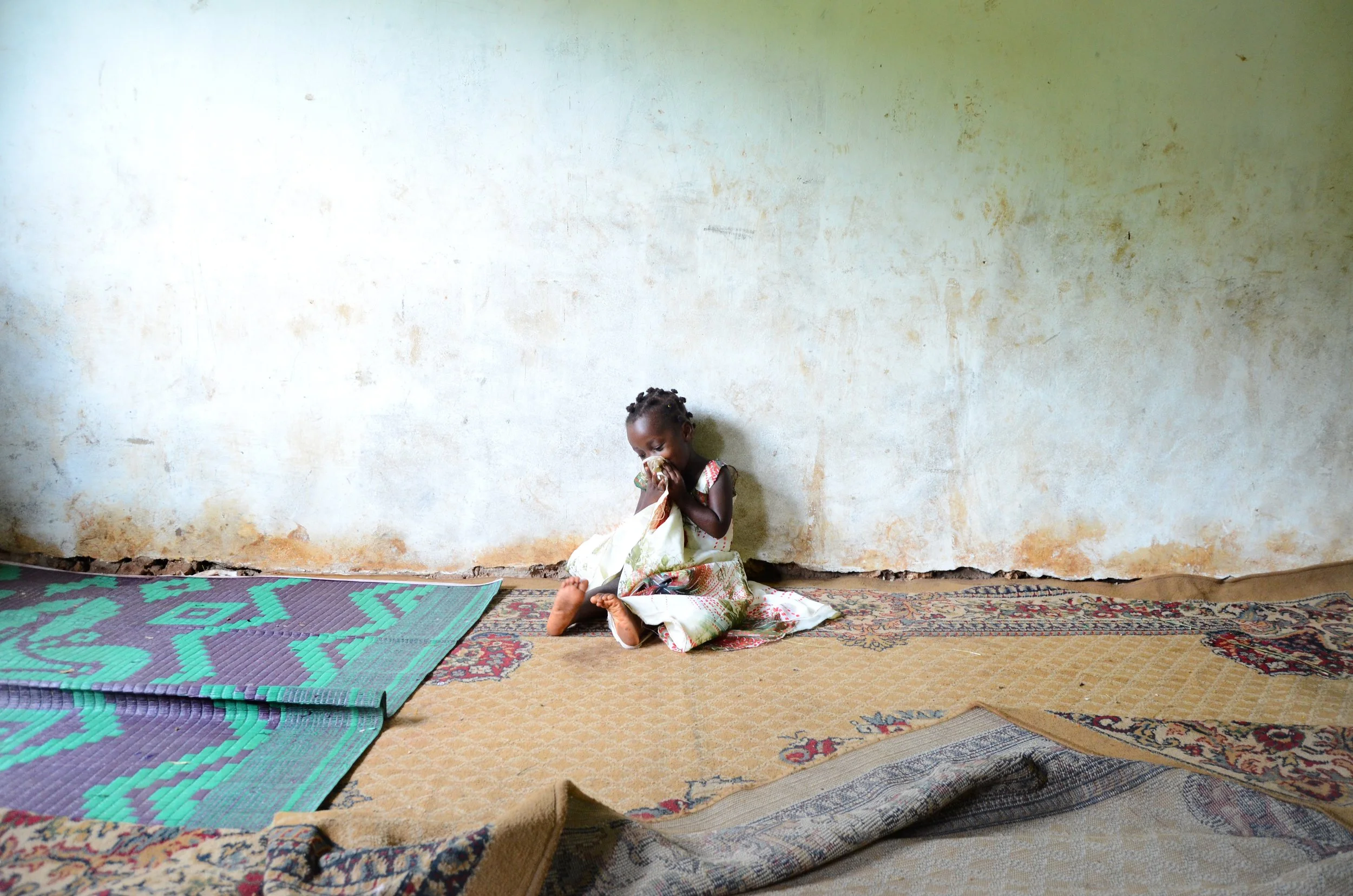
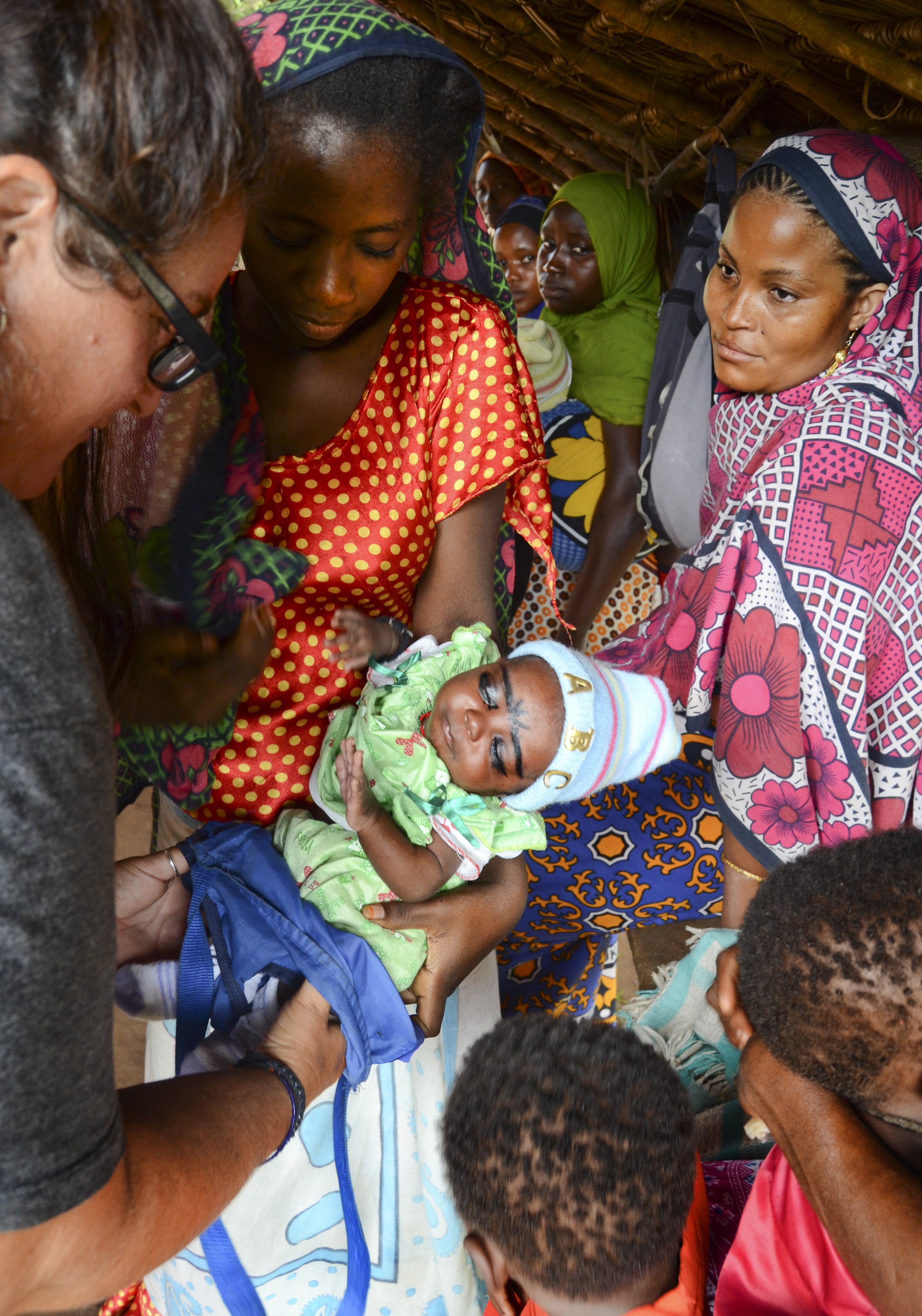
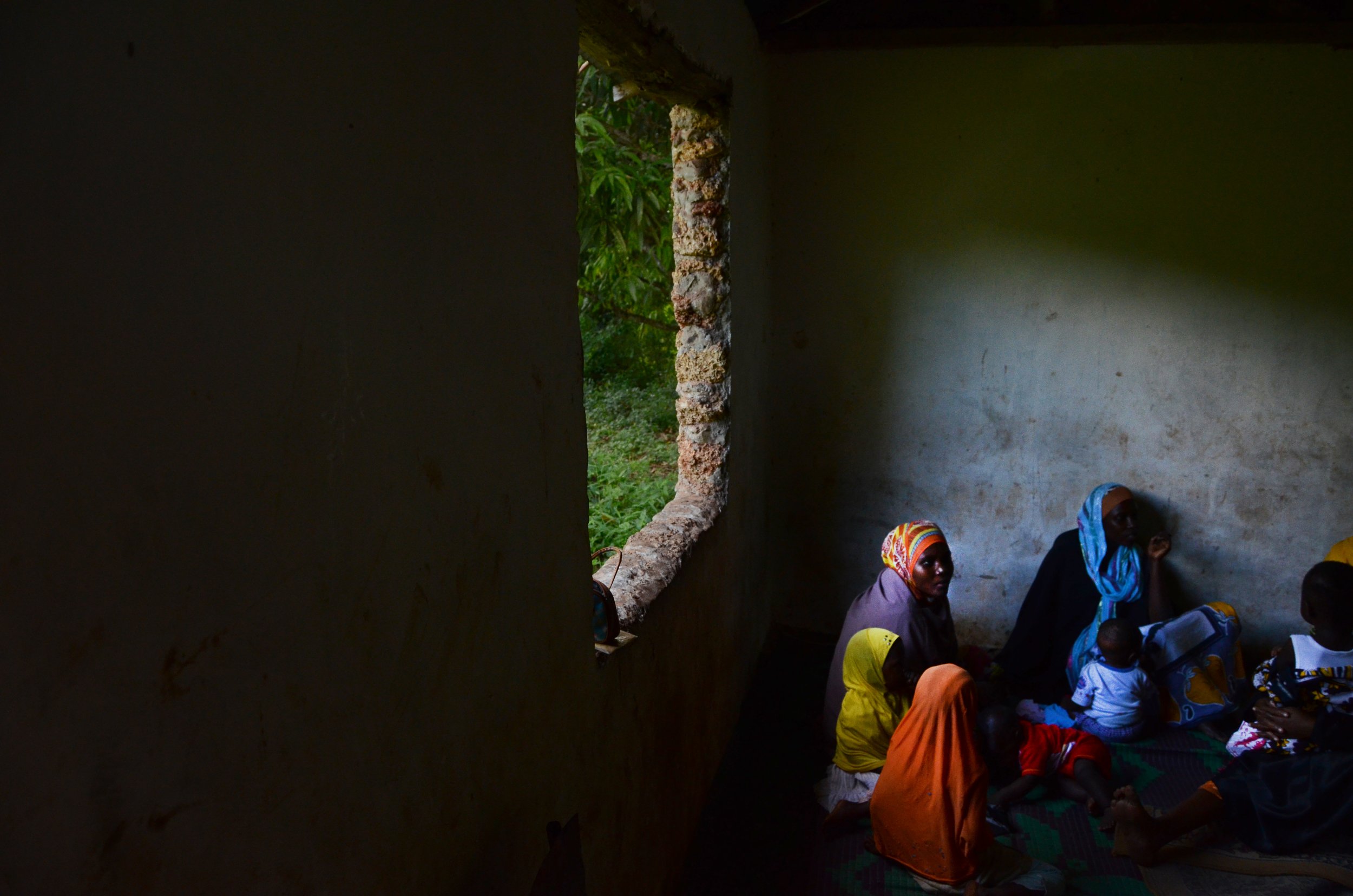



Right Place, Right Time
While in Kenya, I had the incredible opportunity to work in the clinic and learn more about how Community Health Workers (CHWs) serve rural communities. Typically, there is one Nurse Practitioner or potentially a Doctor, but primarily, volunteers support the villagers’ medical needs.
Our job was to educate the CHWs in the village on lots of medical conditioners using Dr. Google as our teacher. I decided to team up with a Frail Nurse from the UK to teach them about Dementia. The CHWs had a hard time understanding the symptoms she was describing in the elderly, so we used the photos I took of Nana (above), and it was like a light bulb went off.
I asked them to show me around to people who fit those symptoms, and I was able to take these photos.
Learning to teach
I headed to South Africa from Kenya to continue my internship journey with GVI in January 2015. We did outreach programming in the schools in a nearby township.
I asked if I could integrate a photography class into the primary school as my project for this part of the internship. I worked with these incredible young women interested in learning about photography. Due to the budget in place, I could only take them to one location so they could shoot. After a few weeks of photo history and using cardboard viewfinders for their “decisive moments,” they got their cameras.
These young women had never been to the ocean or interacted with Afrikaans (white South African) people. These young ladies blew me away with their work, and I am so grateful I discovered my love of teaching. This project inspired me to create my workshop Art VS Stuff.
Below are some of their photos!




After completing my internship, I reached out to Alzheimer’s South Africa, showing them the photos I took in Kenya, and explained I was looking to share the story of how people lived in Africa with Dementia. They welcomed me with open arms to their location in Cape Town and invited me to their location in Bloemfontein, a rural area outside of Johannesburg.
This became a more serious project for me when my plane landed in Bloemfontein. We went to rural communities where I learned the harsh reality of how people in poor rural townships live with Dementia.
There was a lot of stigma about people being bewitched, and sometimes, the elderly with Dementia were abused. The Traditional Healer (photographed here) I worked with told me these stories and explained that showing the rural healers my photos could help educate them about the disease.
The continued dementia journey
I returned to Rehoboth Beach, DE, from my Africa journey in 2015. I wanted to travel somewhere else to continue this project. After some research, I discovered that Guatemala is one of the most progressive countries when it comes to Dementia care in the world. I reached out to Grupo Ermita Alzheimer and, with the help of a translator, was warmly welcomed by another Dementia organization.
In March 2016, I jumped on a plane and traveled to Guatemala City to begin my journey photographing the story of Dementia in Guatemala. I was blown away by the complexity of Dementia care in Guatemala. I attended the graduation of a University dedicated to memory care. I photographed the homes of people who had dedicated, trained Dementia caretakers.
We went to one facility in a lower-income Zoña where I met a woman who created a facility to house abandoned elderly with Dementia and mental health issues. I experienced that many patients were tied to things because there were only 2-3 caretakers for around 30 patients. These patients had nowhere else to go but had hot meals, a warm bed, and love in this space.
Guatemala

When I photograph complex situations like this, I photograph my subjects in the most empowering way possible. Every human deserves dignity regardless of their situation.
My Big Break
A few months after I got home from Guatemala, I shared my Kenya, South Africa, and Guatemala photos with Alzheimer’s Disease International… the same organization I originally stumbled upon their website and realized there were no pictures of people in developing countries with dementia.
They loved my work and not only wanted to license the work to use across multiple associations in the UK. They invited me to London to discuss my work further and hired me to continue doing this incredible work.
This was a dream come true. They hired me to go to Japan in 2017 to photograph at the ADI International Conference and commissioned me to head to India afterward. They used my work as the visual aid for many vital presentations, including when dementia was presented at the World Health Organization Summit in Geneva in 2016.
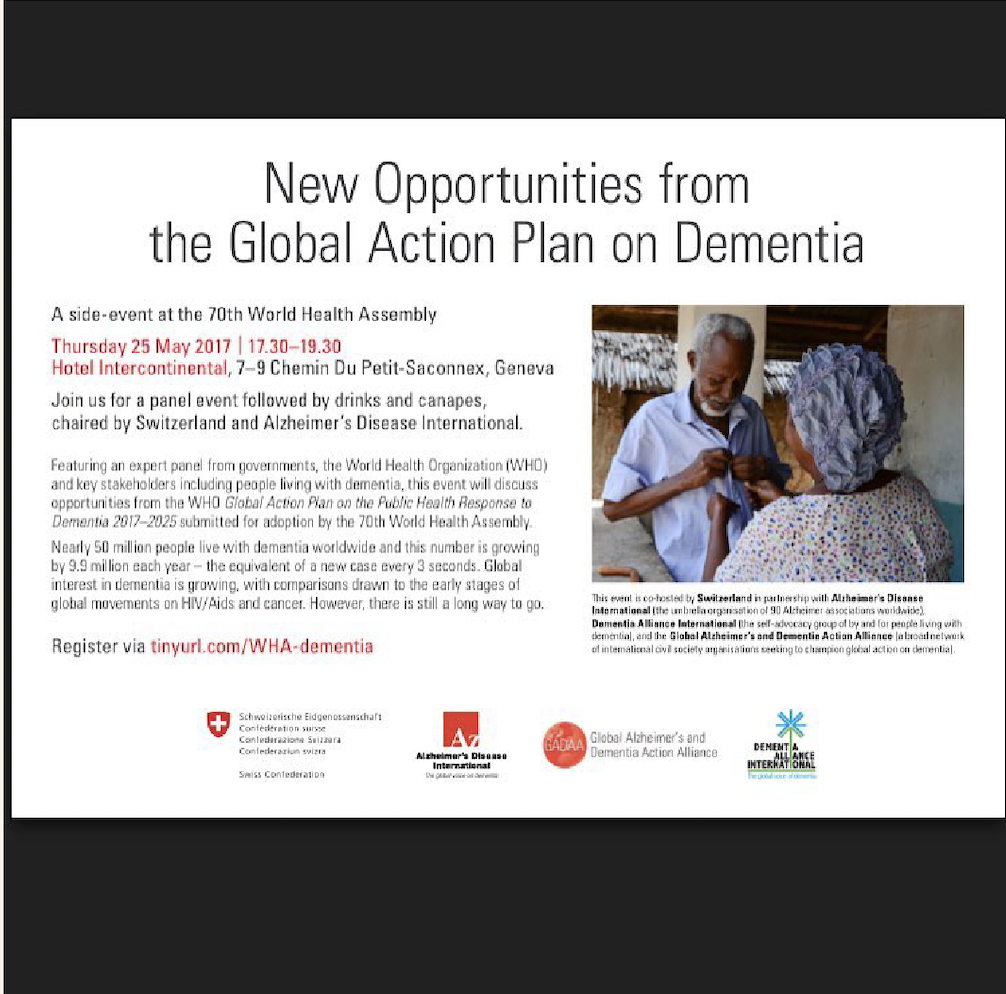




I founded a nonprofit
I was starting to regularly make a little money off of doing small murals and chalk art at local businesses, but I struggled to value my work and take myself seriously as an Artist. I realized there were a lot of Artists in our community just like me. They didn’t want to jump on a plane and help people in Africa, but they had a lot of complications with trying to live off of selling their creative services and artwork. We started with a handful of Artists doing pop-up shows and community projects, which motivated me to form our group into a nonprofit, the Developing Artist Collaboration (DAC), in 2017.
I had zero formal business or nonprofit experience, which started as a really good thing, creating a lot of innovation for DAC. We built exciting spaces out of empty warehouses, had massive events, built exciting programming, and even started bringing on staff. I had yet to learn the importance of building an organizational foundation. I had the best intentions with starting DAC, but my inexperience would prove to be a blessing and a curse.
Over 70% of organizations (nonprofit & for-profit) fail in their first 5 years. There are many reasons why DAC should have failed, but I learned (the hard way) to not let that happen.
Mumbai, India
In July 2018, the organizations that licensed my work out of the UK hired me to go to India to continue sharing the story of Global Dementia. I was there for a whirlwind 6 days and was working with ARDSI, an incredible Dementia advocacy organization located in Mumbai.
I was taken to innovative facilities to photograph patients in the city and on the outskirts of Mumbai. Over the years, I have had the exceptional opportunity to photograph in patients' homes worldwide. At the end of the trip, I had the opportunity to travel to a slum and photograph a patient cared for by their family. The situation the patient was living in, and how obvious it was that the family was uncomfortable with me being there shook me. I was responsible for capturing content over what was best for the situation unfolding.
I realized that being commissioned by the dementia organization to photograph changed the project's dynamic for me. There was a lot of pressure to capture photographs and stories, making me question the integrity of what I was doing. After returning from India, I decided it was time to end this chapter of the Global Dementia project.
creating more than pictures
For years, while building DAC and traveling to take photos, I was also creating murals for local businesses at the Delaware Beaches and fun Art collections, figuring out my signature style. After returning from India, I put down my camera and picked up a paintbrush.
I had always dabbled in doing chalkboards and smaller art projects where I was primarily unpaid or given trades and “exposure.” I decided I would figure out how to have a successful art business to support me while I was building DAC. I could barely any resources or help online to do it, so I figured it out. Before I knew it, I was one of the go-to Artists in town for murals.
What I didn’t know is that I was learning how to build what would become the future of DAC.
Haiti
In January 2019, I wanted to pick back up my camera after my year's hiatus. I always had a calling to go to Haiti. I found the Community Health Initiative (CHI), which is an organization that places doctors and nurses in remote areas in Haiti to train Haitian community health workers (CHWs).
I asked if I could join them to capture photos of them on their next trip, and they welcomed me with open arms. I jumped on a plane and found myself in Arcahaie, Haiti. I fell in love with the project of photographing in hospitals (even surgery!) as well as hiking to remote villages to photograph CHWs in action.
This project reinvigorated my soul after feeling so discouraged from taking photos after India.
The inevitable Pandemic Story
Before the pandemic, DAC was doing pop-up gallery events, had Artist studios we rented out in our two warehouses, and opened up our Dirty Hands DIY (do-it-yourself) space in 2019 as a revenue driver for DAC.
Like many businesses, the pandemic fundamentally changed our purpose starting in March 2020. We barely had operational funds for the next month, so I leveraged my mural business to support DAC. We morphed our DIY projects into kits overnight, and I built an e-commerce platform that crushed sales since there wasn’t anything like this on the market. With the revenue we generated, I had an idea to make a program that could help Artists build websites since so many didn’t have them and there weren’t many options for them to show their work.
I took on an adult day care facility to remodel into Artist studios, empty parking lots to make public Art markets, a transformational Artist development program, and a “national” eCommerce art kit business. We went from a small organization (under $100,000 in 2019) to a medium organization (over $300,000 by the end of 2021).
This is when it all got tough. I was creating murals to pay myself because I didn’t know how to manage the cash flow of such a large organization and often didn’t pay myself. The DAC team stuck, and our Artist members stuck by me, and we all took on the startup mindset to persevere.
merging it all together
In 2021, I was approached by the Art Therapy director of a Military Hospital in Bethesda, MD, about a complex mural project. They wanted to do a safari-themed mural that would transform the unit and be appropriate for ages newborn to 22 years old, but it couldn’t physically be painted on the wall.
It took two years, but I designed a sunset-to-sunrise wallpaper on my iPad. I then physically painted 32 animals that were scanned and blown up into life-size decals. I then painted a ground line across the unit.
Through the research and development of DAC’s Artist Development program, I was running my mural business sustainably, which is how I pulled off a project like this.
I always thought photography was my tool to uplift people; boy, was I wrong. It was never about my creative medium, it was always about me. I knew I was put here to create things that could change the world.
But, why was this part so hard?
By the time 2022 rolled around, it was a tremendously successful time for me. DAC received a massive grant in 2021, plus a windfall of Covid funding; I just finished a massive mural project that transformed my creative career. I led an initiative to help unearth the black history of my beloved community, West Rehoboth. I envisioned an outdoor public art market that I got to build from the ground up, which opened on Memorial Day 2022. DAC had four physical spaces and a life-changing Artist Development program.
A lot of great ideas all at once. It all happened too fast, and I lost control. My business inexperience and trauma responses were causing me to make rash decisions, and as the end of 2022 approached, my life completely fell apart. The option was presented to me to dissolve DAC because I grew it too fast, and it didn’t have the foundation there not to crumble. I learned the hardest lesson: you can have the best intentions in the world, but that doesn’t mean it will work out.
I picked the harder option of not dissolving DAC and faced the music. For DAC to make it, I had to let go of the wheel entirely and immediately bring in experienced leadership to save our ship. This was tremendously painful because I wrapped my identity into the survival of this organization. DAC is here today, not because of my resilience, but the people who stood by it during this painfully transformative year.
The only way I could be helpful during this transition (trust me, I often got in the way) was to change myself fundamentally. I would love to say that I did that overnight, and even though I’m still working on it now, I’m an entirely different person today than I was at the start of 2023. This took an insane goal like summiting Mt. Kilimanjaro on New Year's Day and intensive internal work.
This painful chapter has taught me so much, and I want to share it with the world. Along the way, I learned a lot of movement leaders do this, which is a big reason why the failure rate of organizations is so high. It’s called Founders Syndrome! Things like insufficient cash flow and staff issues… they’re just a symptom of bad leadership. Just because you have good intentions doesn’t make you a good leader…. hard pill to swallow, I know.
You can change yourself
This painful chapter has taught me so much.
As for DAC? It’s doing incredibly well and is currently in a beautiful transition, welcoming the next leadership team that will take it through the stratosphere changing the lives of Artists nationwide. Since I have no plans on getting an MBA, I am in a part-time interim Development Director role to help fundraise so we can invest heavily in our Artist Development programming and seek a heck of an Executive Director who can take my vision and run with it. What happened to the people who stuck with DAC through the shit storm? They’re the visionaries of our programming, leading DAC to new heights that I could only ever dream of. As I evolve out of a staff or board role with DAC, I will always be its proud founder and will stand behind whoever is at her helm, always and forever championing Artists.
I know I’m not the only person who’s gone through something like this. It’s a LEA-dership issue, not a LEAH issue… (ha). Along the way, I learned a lot of movement leaders do this, which is a big reason why the failure rate of organizations is so high. It’s called Founders Syndrome! Things like insufficient cash flow and staff issues… they’re just a symptom of bad leadership. Just because you have good intentions doesn’t make you a good leader…. hard pill to swallow, I know.
I have this crazy belief that if movement founders, especially young ones, can learn to do the internal work so they don’t get in the way of what they’re building, their startups could have a lot more success. If I could ignite a movement for Artists to build sustainable businesses by changing their mindset, why not do it again? I’m ready to help founders, movement leaders, and startup entrepreneurs not do it the hard way.

So, this is what’s next.
I’m Not Done with Dementia Yet.
The majority of funds from the multimillion-dollar Alzheimer’s and dementia industry is allocated towards cure research and pharmaceutical advancements. We need a shift in funding to support more dementia friendly communities, caretaker support, advocacy campaigns, and culturally sensitive outreach in developing countries. I’m leveraging my Global Dementia Project to influence a change in funding for dementia care.
Immersive Creative Speaking
I’ve developed three signature captivating creative workshops that integrate making art and impactful public speaking. Creative Connection, It Doesn’t Have to Be This Hard, and Art vs. Stuff can be delivered to conferences of thousands to a classroom of 20. I integrate my story, mindfulness techniques (that aren’t ick), sound therapy, plus painting or photography for a transformational experience for anyone regardless of their creative skills.
Rent My Brain
Look, I’m not self-deprecating all of the time. I’ve created some incredible things. Even though I learned the hard way, I still learned a lot. If you have a project that you want to integrate Artists, create public events, mural projects, or you’re just looking for a visionary to come in and help with big picture, let’s work together. I’m a ball to have around if your team is looking for some energy and a fresh perspective.
